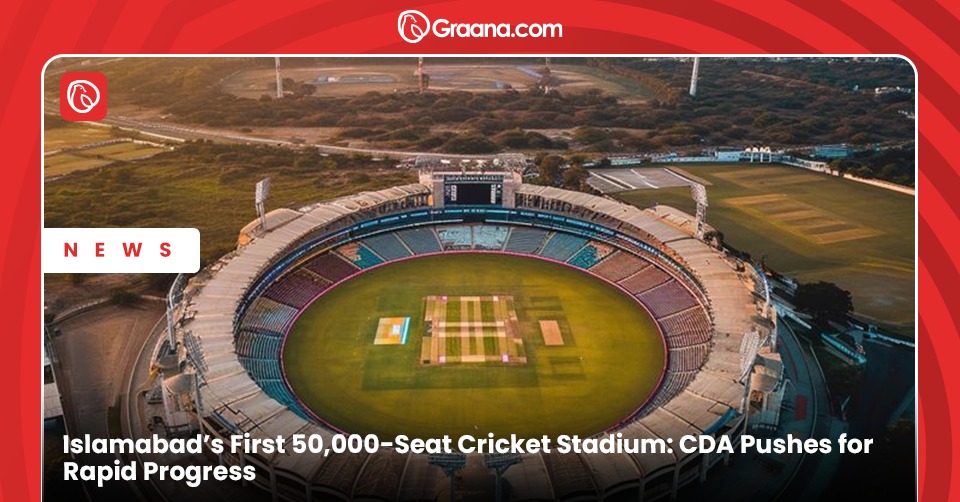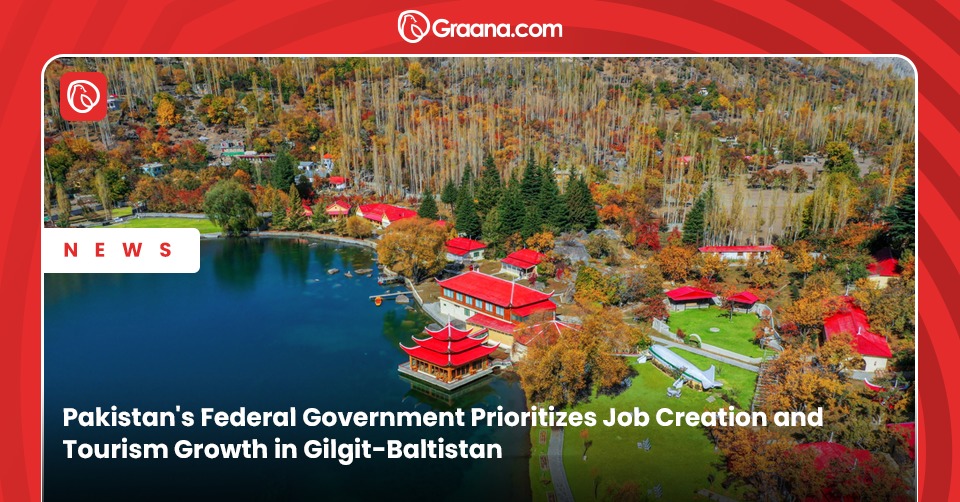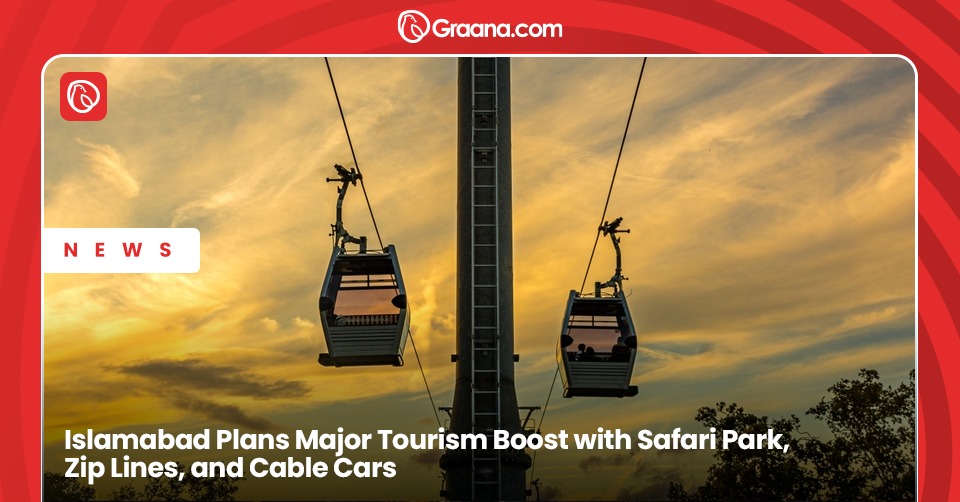Balochistan is one of the four provinces of Pakistan, situated in the southwestern part of the country. It is the largest province in terms of area, covering approximately 44% of the country’s land. It shares borders with Afghanistan to the north and northwest, Iran to the west, and the Arabian Sea to the south. The total districts of Balochistan are divided in 36 districts and eight divisions.
The province is home to a diverse population that includes Balochis, Pashtuns, Hazaras, and Brahuis, among others. Graana.com gives an overview of some of the major districts of Balochistan below, and sheds light on their history, notable landmarks and more.
History of Balochistan
Balochistan has a rich history, dating back thousands of years. The region was part of several ancient empires, including the Achaemenid Empire, the Maurya Empire, and the Sassanid Empire. It was also ruled by various local tribes, including the Balochis, Pashtuns, and Brahuis. In 1947, Balochistan became part of Pakistan following the country’s partition from India.
Geography and Climate of Balochistan
Balochistan’s geography is characterised by a mix of mountainous, desert, and coastal areas. The province is home to several mountain ranges, including the Sulaiman Mountains, the Kirthar Range, and the Toba Kakar Range. Its coastal areas are along the Arabian Sea and are known for their pristine beaches and mangrove forests.
The climate of Balochistan varies depending on the region. The northern areas, which are mountainous, have a cold climate, while the coastal areas have a hot and humid climate. The central and southern parts of the province are desert areas with very little rainfall.
The geography of the province has played a significant role in the formation of its districts. Its mountainous areas are home to several districts, including Quetta, Pishin, and Zhob, which are characterised by rugged terrain and harsh weather conditions.
Its coastal areas include districts like Gwadar and Lasbela, which are known for their fishing industry and have become increasingly important in recent years due to the development of the Gwadar Port. The central and southern parts of Balochistan are mostly desert areas and include several districts, such as Nushki and Chagai, which generally have an arid climate and sparse population.
How Many Districts Are in Balochistan?
The following districts in Balochistan are rich in culture, history, and natural resources.
| Serial No. | District | Population (2017) | Density (people/km2) |
| 1 | Awaran | 118,173 | 121,821 |
| 2 | Barkhan | 103,545 | 171,025 |
| 3 | Kachhi | 255,480 | 309,932 |
| 4 | Chagai | 104,534 | 226,517 |
| 5 | Chaman | 151,854 | 434,561 |
| 6 | Dera Bugti | 181,310 | 313,110 |
| 7 | Duki | 115,976 | 152,977 |
| 8 | Gwadar | 185,498 | 262,253 |
| 9 | Harnai | 76,652 | 97,052 |
| 10 | Hub | 163,194 | 339,640 |
| 11 | Jafarabad | 291,290 | 513,972 |
| 12 | Jhal Magsi | 109,941 | 148,900 |
| 13 | Kalat | 144,433 | 211,201 |
| 14 | Kech | 413,204 | 907,182 |
| 15 | Kharan | 96,900 | 162,766 |
| 16 | Kohlu | 99,846 | 213,933 |
| 17 | Khuzdar | 417,466 | 798,896 |
| 18 | Lasbela | 149,501 | 236,631 |
| 19 | Loralai | 134,171 | 244,446 |
| 20 | Mastung | 150,039 | 265,676 |
| 21 | Musakhel | 134,056 | 167,243 |
| 22 | Nasirabad | 245,894 | 487,847 |
| 23 | Nushki | 98,030 | 178,947 |
| 24 | Qila Abdullah | 208,870 | 323,793 |
| 25 | Qila Saifullah | 193,553 | 342,932 |
| 26 | Panjgur | 234,051 | 315,353 |
| 27 | Pishin | 376,728 | 736,903 |
| 28 | Quetta | 774,547 | 2,269,473 |
| 29 | Sherani | 81,684 | 152,952 |
| 30 | Sibi | 136,322 | 179,751 |
| 31 | Sohbatpur | 141,527 | 200,426 |
| 32 | Surab | 93,401 | 200,857 |
| 33 | Washuk | 110,009 | 175,712 |
| 34 | Zhob | 193,458 | 310,354 |
| 35 | Ziarat | 80,748 | 160,095 |
| 36 | Usta Muhammad | N/A | N/A |
Chagai
Chagai is the largest district in Balochistan with an area of 44,748 square kilometres. Its name is derived from the Chagai Hills Range, which is part of the mountain system. The centre of this district is the town of Dalbandin, which is located about 340 kilometres from Quetta. The Chagai District Council is the local government.
The famous historical valley of Chagai is Reko Diq, where copper and gold deposits can be found. The Pakistan Nuclear Tests Site is located here as well, in the Ras Koh Hills Range.
Chaman
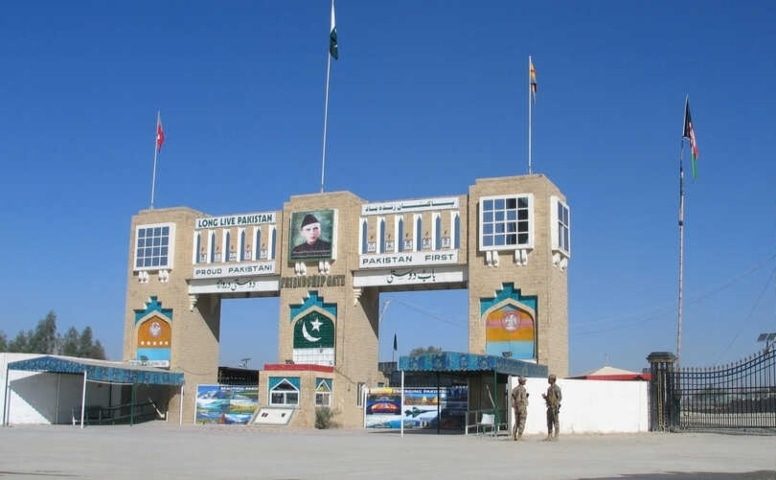
Chaman is a sub-division of Qilla Abdullah District and is part of the local government of Qilla Abdullah District Council. It covers an area of approximately 3,000 square kilometres.
The centre of this district is the city of Chaman, which is located on the Pakistan-Afghanistan border. It is also the second-largest city of Balochistan, and the weather here is cold and pleasant. Chaman has some famous places such as Khojak Tunnel, Khojak Pass, Bab-e-Khyber, and Wesh Mandi.
Dera Bugti
Dera Bugti is an important and disputed district of Balochistan, famous for the Sui Gas Field. The area of this district is approximately 10,160 square kilometres, and its centre is the city of Dera Bugti, which is located about 400 kilometres from Quetta.
Many Baloch tribes live in Dera Bugti, the largest of which is the tribe of Nawab Akbar Khan Bugti (also the namesake of this district). It has some interesting places that are worth visiting, such as Pir Koh Fort, Sui Gas Plant, Loti Gas Field, and Tandoori Dam.
Gwadar
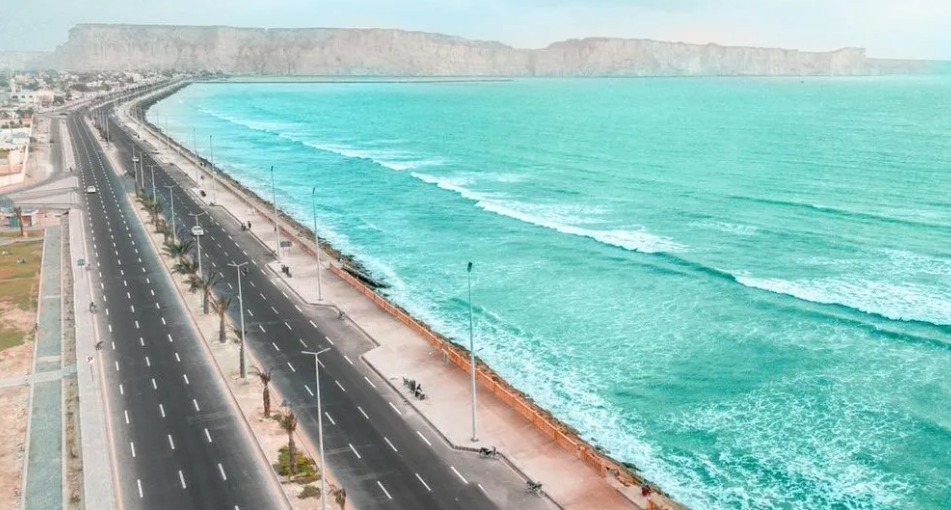
Gwadar is a coastal district located on the Arabian Sea. It is famous for its deep-sea port, which is a strategic project for Pakistan and China under the China-Pakistan Economic Corridor (CPEC). It also has beautiful beaches, such as Gwadar West Bay Beach and Pishukan Beach, where visitors can enjoy swimming, fishing and boating. Gwadar also features a few historical sites, such as the ancient fort of Gwadar and the tomb of Bibi Nani.
Hub
Hub is an industrial district located near Karachi. It is home to many factories and power plants that provide employment and electricity to Balochistan and Sindh. It also has scenic spots, such as Hub Dam Wildlife Sanctuary, where visitors can see various birds and animals. It also has religious sites, such as Jamia Masjid Hub Chowki and Darbar Baba Noor Shah.
Kalat
Kalat is a historical district located in central Balochistan. It was once the capital of the Khanate of Kalat, a princely state that ruled over most of the province until 1948. Kalat has many monuments and landmarks that reflect its glorious past, such as Kalat Fort, Mehtarzai Tombs and Nausherwani Tombs. It also features several scenic spots , such as Harboi Hill Station and Mangochar Valley.
Khuzdar
Khuzdar is an agricultural district located in south-central Balochistan. It is known for its production of fruits, vegetables and livestock. It also has cultural sites, such as Zehri Forts Complex and Jhalawan Cultural Complex, and archaeological sites, such as Naal Rock Art Site and Wadh Rock Art Site.
Lasbela
Lasbela is a coastal district located on the Arabian Sea. It is known for its fishing industry and seafood exports. It also has marine parks, such as Astola Island Marine Park and Churna Island Marine Park, where visitors can see coral reefs, dolphins and turtles. Lasbela also has historical sites, such as Bela Fort and Pir Ghazi Shah Shrine.
Loralai
Loralai is a mountainous district located in northeastern Balochistan. It is known for its production of coal, marble and almonds. It also has scenic spots that attract many visitors, such as Ziarat Valley and Loralai Golf Course. There are also many renowned educational institutions here, such as Cadet College Loralai and the University of Loralai.
Mastung
Mastung is a hilly district located in central Balochistan. It is known for its cultivation of grapes, apples and apricots. There are a few famous historical sites here, such as Kirdigarh Fort and Pir Rakhel Shah Shrine. Mastung also has natural attractions, such as Khojak Pass Tunnel and Dasht River.
Musakhel
Musakhel is a remote district located in north-western Balochistan. It is known for its wildlife and mineral resources. Many tribal festivals are famously held here, such as Sibi Mela and Musakhel Mela. The district also has religious sites, such as Pir Ismail Ziarat and Pir Abdul Qadir Ziarat.
Pishin
Pishin is an agricultural district located in north-western Balochistan. It is known for its production of fruits, vegetables and flowers. It also has recreational parks, such as Pishin Lake Park and Hanna Lake Park. Its famous historical sites include Saranan Fort and Malik Agha Fort.
Quetta
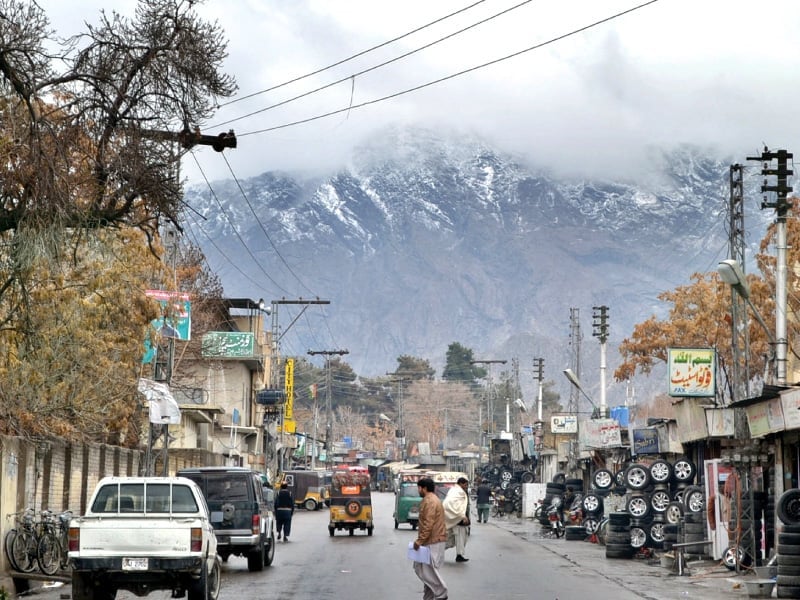
Quetta is the capital city district of Balochistan. It is known for its cultural diversity, educational facilities and strategic location. It also has several tourist attractions, such as Quetta Museum and Hazarganji Chiltan National Park. Liaquat Bazaar and Prince Road are famous shopping spots located here.
Sibi
Sibi is located in the east of Balochistan, and covers an area of 7,796 square kilometres. It is famous for its historical and archaeological sites, such as the Fort Munro, which was built by the British in 1880; the Sibi Mela, which is an annual festival that showcases local arts and crafts; and the Nari Formation, which contains fossils of dinosaurs and other prehistoric animals. The district also has diverse flora and fauna, including date palms, acacia trees, leopards, wolves, and foxes.
Zhob
Zhob is situated in the north of Balochistan, and covers an area of 20,297 square kilometres. It is known for its scenic landscapes and natural resources, such as the Zhob River Valley, which offers opportunities for fishing and boating; the Loralai Marble Range, which has deposits of high-quality marble; and the Zhob Coal Mines, which produce coal for domestic use. Zhob also has a rich cultural heritage and hosts several festivals and events throughout the year.
Ziarat
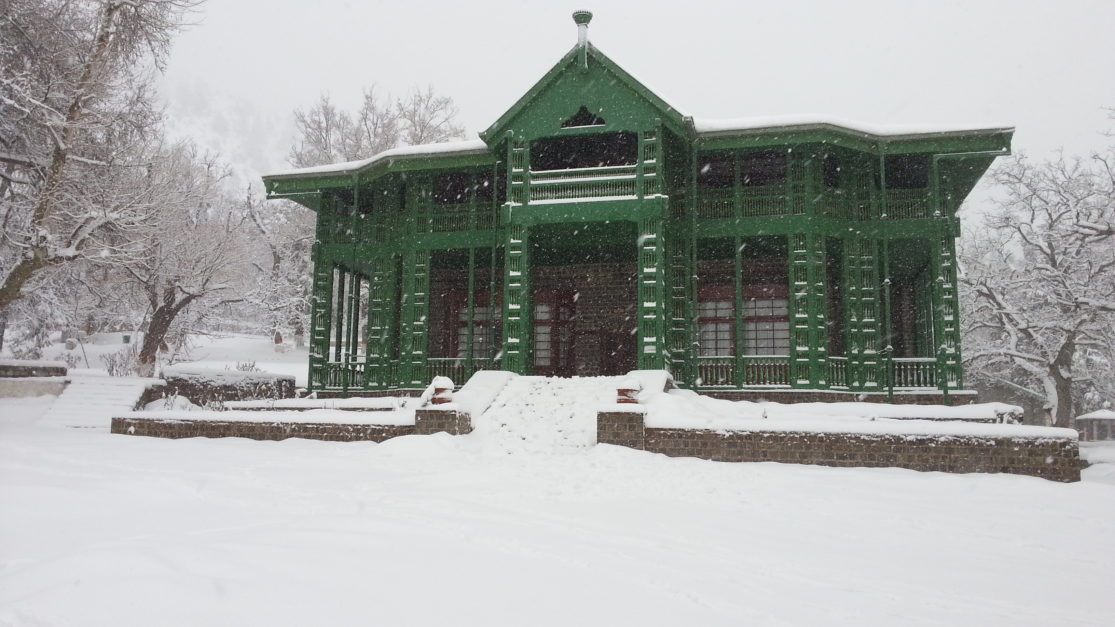
Located in the northeast of Balochistan, Ziarat is one of the smallest districts in the province, with an area of 1,489 square kilometres. However, it also remains one of the most popular tourist destinations, due to its lush green valleys and hillsides that are covered with juniper trees (which are said to be among the oldest living trees in the world), as well as its numerous historical and religious sites.
These include Ziarat Residency, where Quaid-e-Azam Muhammad Ali Jinnah spent his last days; Baba Kharwari Shrine, where a famous saint is buried; and Sandeman Tangi, where a waterfall cascades from a height of 300 feet.
These are just some of the highlights of the districts in Balochistan, which showcase their unique charm and beauty. If you are looking for a place to visit that features an extensive history, a vibrant culture, and natural beauty, there are several such places in the province.
For more information, follow Graana.com.

